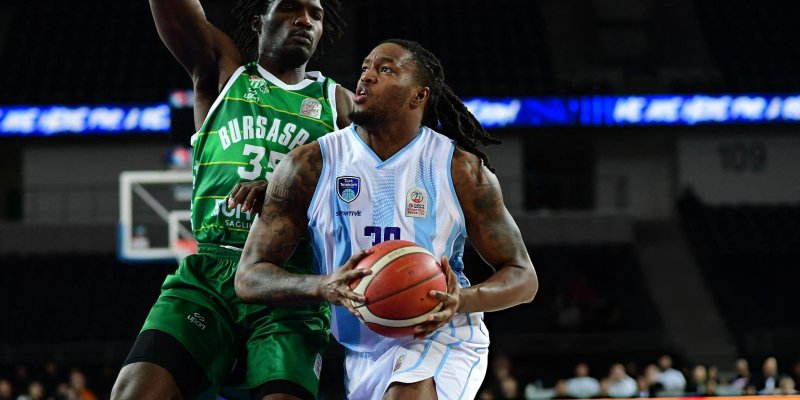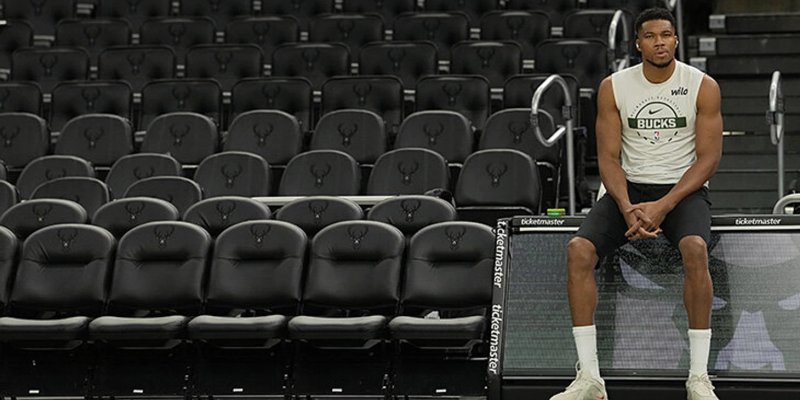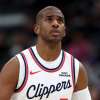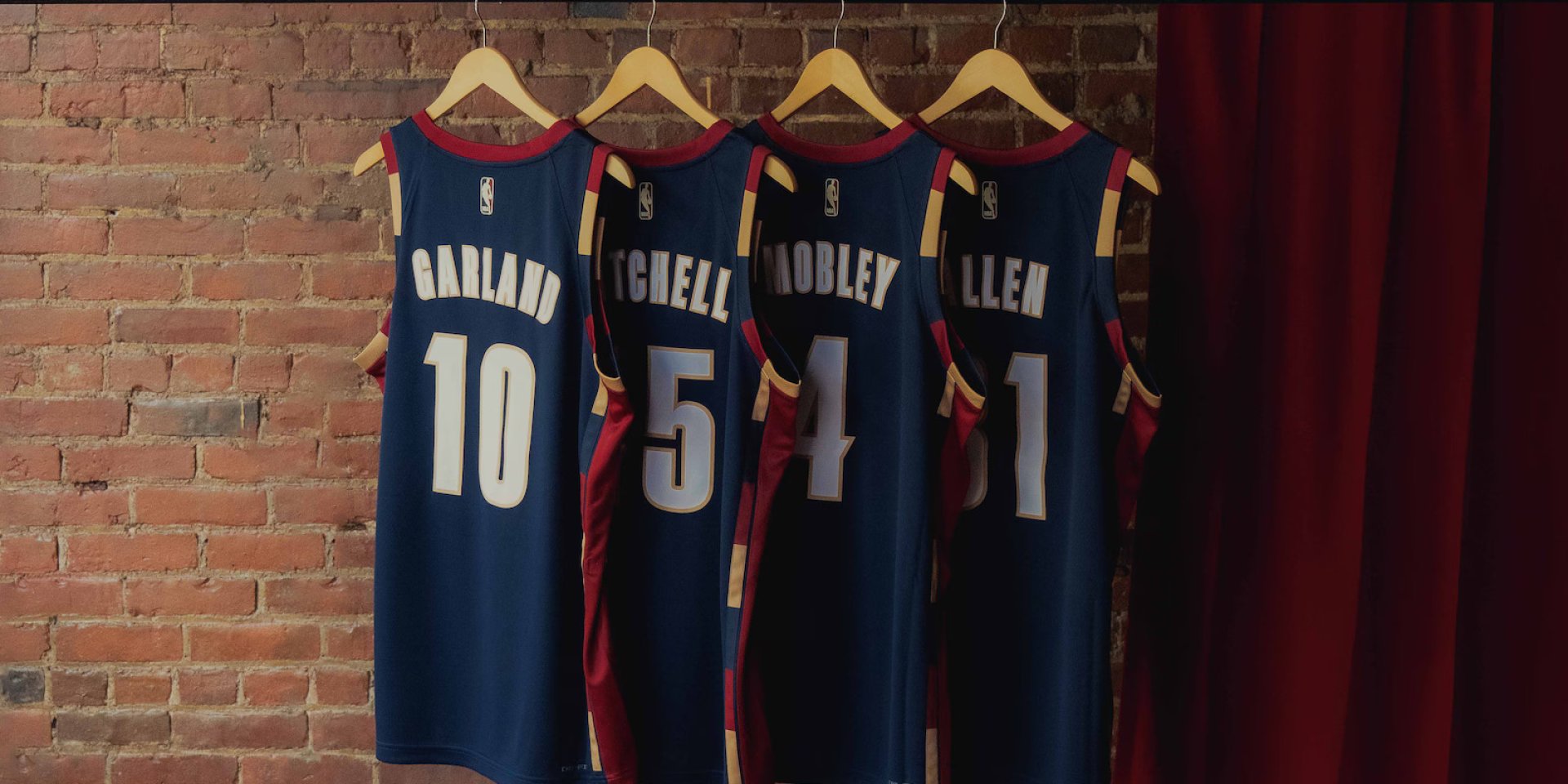
An anniversary is the perfect reason to dig into the archives and remind yourself who you are. For their 55th, the Cleveland Cavaliers pulled one of the most recognizable 2000s sets off the shelf — the navy jersey in which the club went from a promising project to a title contender. Together with Nike, the team unveiled a full merch lineup and essentially declared a retro season. For fans, it’s more than nostalgia: navy is inextricably tied to LeBron James’s rise and one of the franchise’s brightest periods.
An Era When Color Became a Symbol
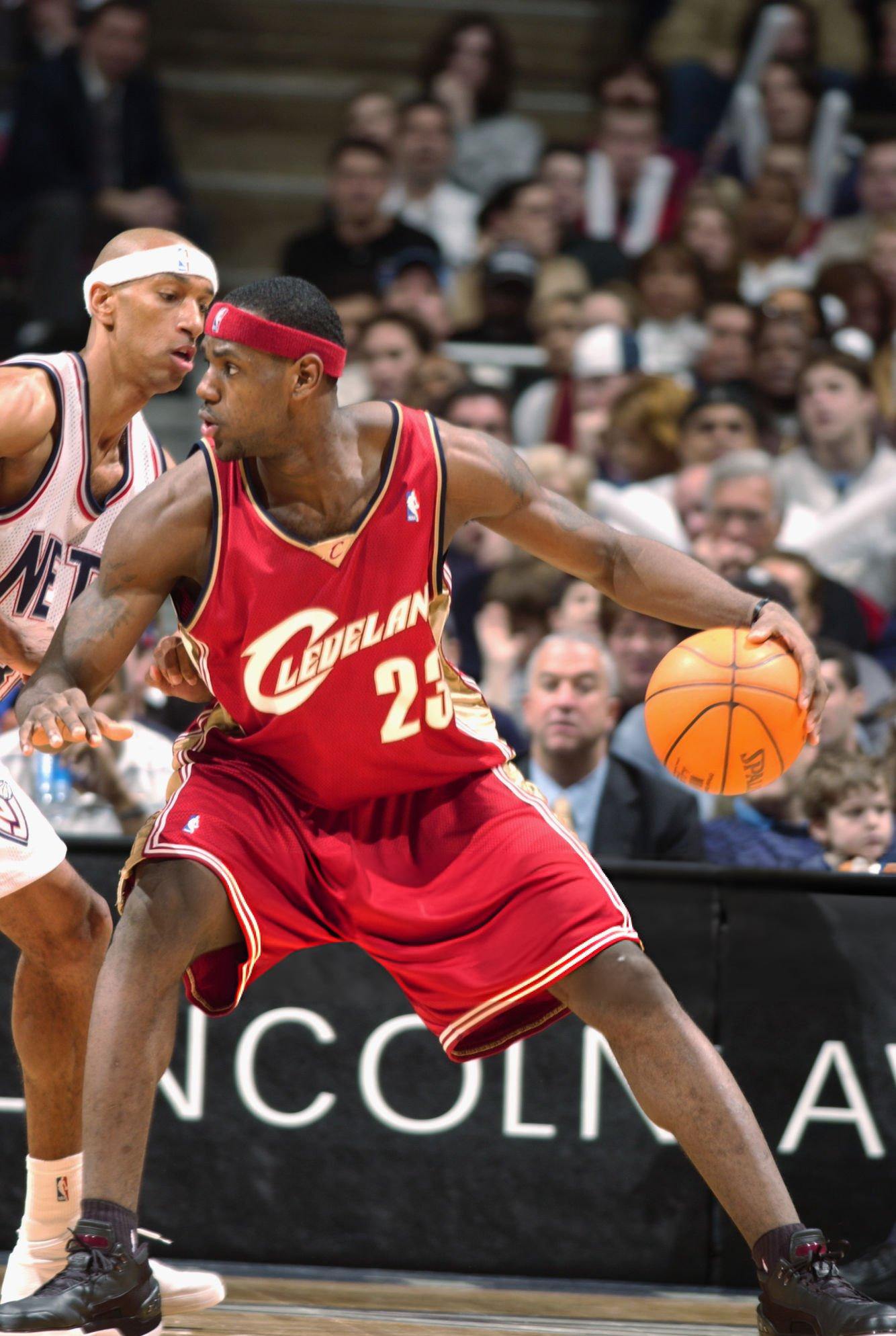
The Cleveland wordmark on the chest first appeared in 2003, in sync with James’s NBA debut. At first, the Cavs played in white at home and wine on the road, with blue serving only as an accent on numerals and trim. 2005 changed the picture: a third set — Navy Blue — arrived and quickly became a cult favorite. From 2005 to 2010, the look was worn not only by LeBron but also by Zydrunas Ilgauskas, Anderson Varejão, Daniel 'Boobie' Gibson, Sasha Pavlovic, and even NBA legends such as Shaquille O'Neal and Ben Wallace. Those were five straight playoff seasons and — most importantly — the club’s first trip to the NBA Finals in 2007.
48 Points, Two Overtimes, and the Birth of a Game Legend
The most recognizable snapshot of the navy era is Game 5 of the 2007 Eastern Conference Finals in Detroit. Cleveland started the series down 0–2, returned home and leveled it, then survived a nerve-shredding road battle: 109–107 after two overtimes. LeBron scored 48, dominated the closing minutes, put his team ahead with a powerful dunk, forced overtime, and in the second extra session hit the game-winner. It was the quintessence of his early style — athleticism plus relentless pressure — and the moment the basketball world saw that the Cavs had learned how to win big series.
From Kobe Duels to Nike Posters: What Navy Meant to James
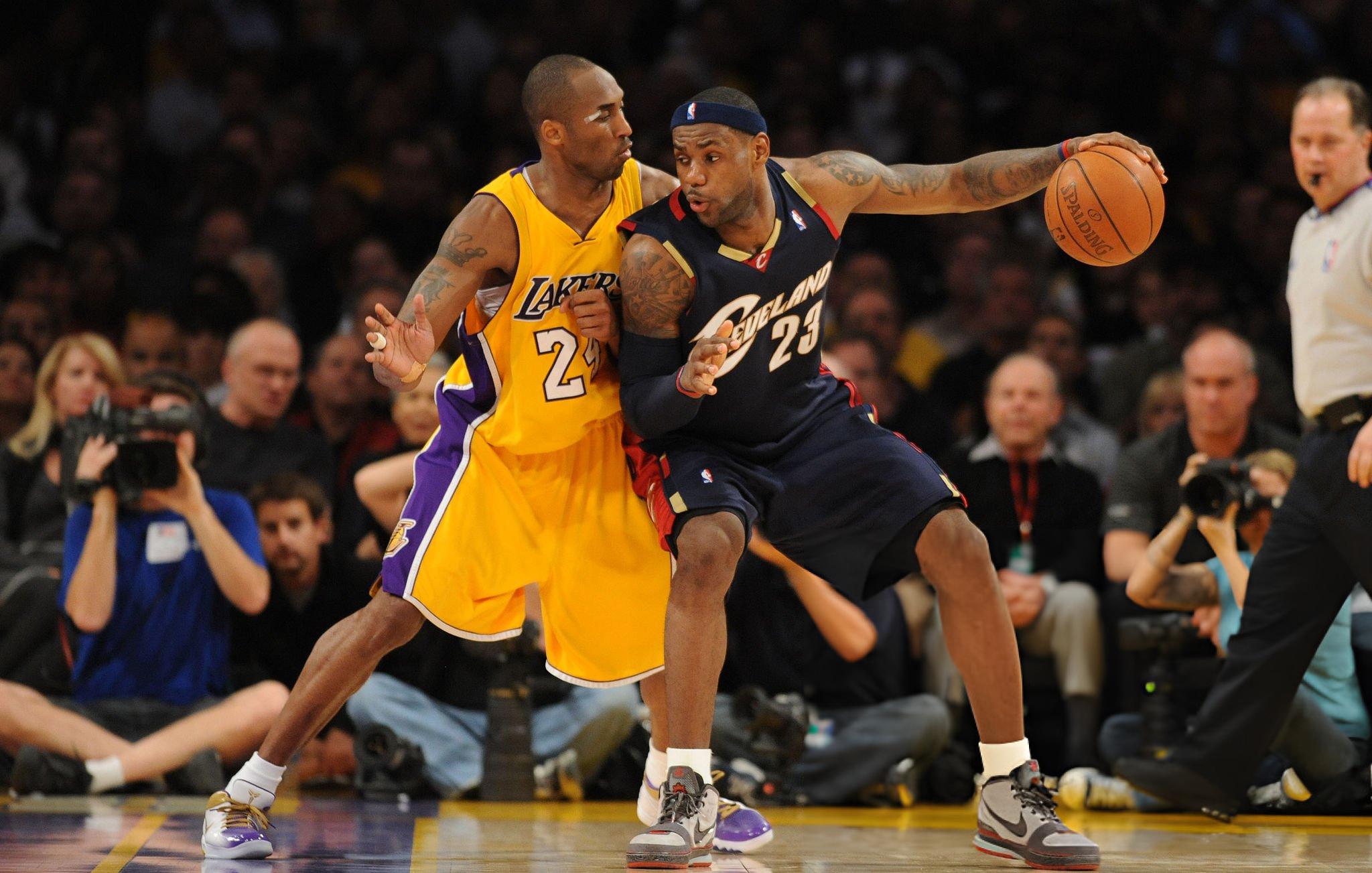
The navy set often accompanied Los Angeles road trips and LeBron’s head-to-head meetings with Kobe Bryant — another layer of symbolism. The same jersey ended up on one of Nike’s most “immortal” posters. In those playoff years, Cleveland regularly battled Washington led by Gilbert Arenas, Antawn Jamison, and Caron Butler — an underrated 2000s rivalry where James was truly forged. The only thing that never happened in navy was a championship ring. In the summer of 2010, the franchise stitched its identity back to the wine-and-gold palette of the 1970s and removed blue entirely from its visual identity, almost in sync with LeBron’s move to Miami. Unsurprisingly, the lifespan of that design nearly matched James’s first Cavaliers stint (2003–2010).
The Color Returns — And So Do the Ambitions
The title came later, in LeBron’s second era. In 2014, along with him, navy briefly returned to the club’s palette as an alternate set — this time in a minimalist rendition. James clearly favored it, and in the 2016 playoffs personally insisted on using the black sleeved jersey in which the Cavs became champions. Sleeves aren’t coming back — but symbols have long memories. Today’s Navy comeback isn’t about a museum display; it’s about the energy of winning. Yes, daydreams of a third LeBron return are inevitable (though nearly impossible under the salary-cap rules), but the current Cleveland has plenty of its own faces: Donovan Mitchell, Darius Garland, Evan Mobley, Jarrett Allen. And fans hope navy becomes not only a nod to the past but also the color of new spring runs.
Classic Edition: How Retro Is Stitched from the Club's DNA
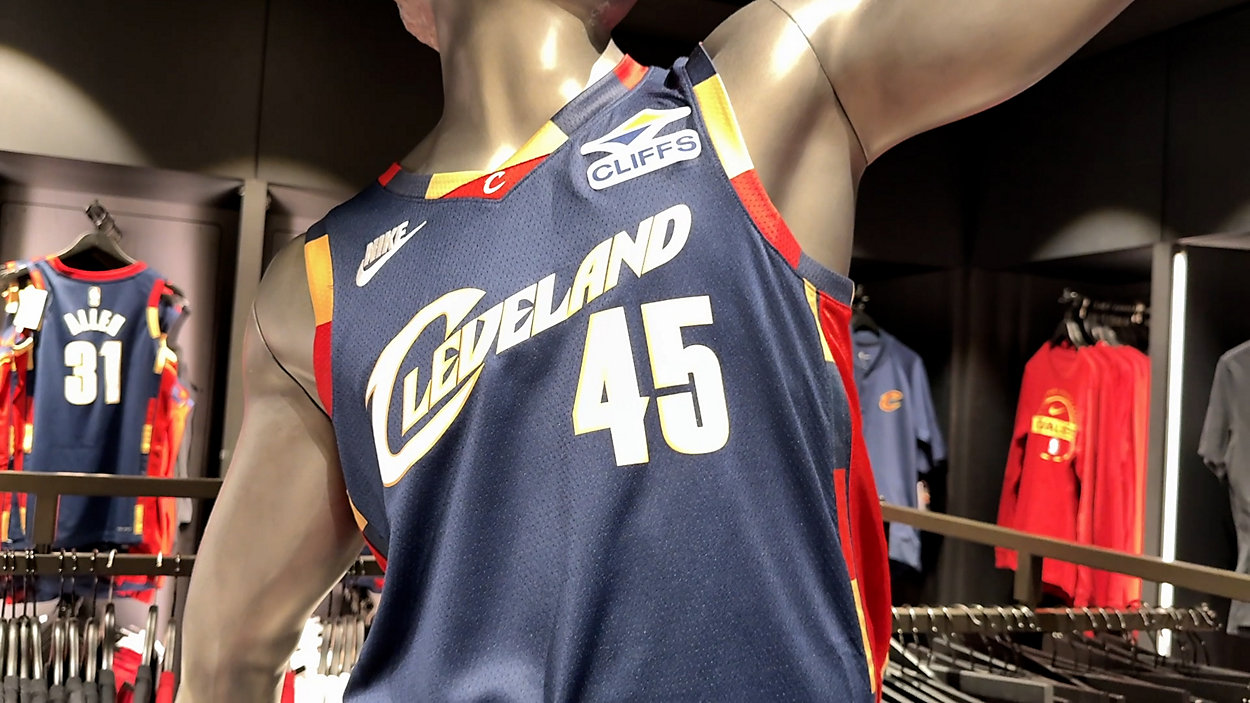
The navy newcomer is designated as the Classic Edition — formally the fifth set in the line. The core still consists of Icon (wine), Association (white), and Statement (black), with City Edition added annually. The recent orange set is also an homage: the silhouette comes from the 1980s, while the numeral font is from the late 1990s–early 2000s. The navy retro jersey is essentially a remix of several eras. In LeBron’s first era, the club blended the wine-and-gold of the early 1980s with the navy of the early 1990s and “seasoned” it with the striped pattern from the 1970s on jerseys and shorts. That motif references the “Miracle of Richfield” in 1976, when the Cavs beat the Bullets in a dramatic Game 7 to reach the conference finals for the first time — a feat not repeated until 1992.
The League Looks Back, Too
Retro touches in the new season won’t be limited to Ohio. Alongside Cleveland, four more teams will wear Classic Edition sets: Philadelphia, Minnesota, Dallas, and Memphis. In Chicago, the cult black pinstripe jersey is part of the Statement Edition line — it appears the Bulls plan to keep it in the main rotation beyond a single year.
A Court with Character: Logo at Center and Slogan Along the Sidelines

The retro comeback in Cleveland is about wood as much as fabric. For games in navy, the club will restore a historic court design: the classic logo at center and the club’s slogan LET EM KNOW along the sideline. When the team suits up in the cult navy jersey, the arena will also switch to “past” mode — a key detail for a unified historical narrative.
Season Plan: Favorite Status and the Dates of the 'Blue' Nights

Last regular season ended with the Cavs dominating the East (64–18) and with formal recognition as the conference’s regular-season winners — since 2023, the NBA officially records that title. But the playoffs are where a primary rehabilitation is needed after last year’s second-round exit to Indiana. With the East weakened, Cleveland has a chance to repeat — and surpass — last year’s foundation, and the retro comeback can add emotional fuel.
The calendar for the “blue” nights is already set. The navy premiere is November 6 against Philadelphia. In total, 12 games are slated in the Classic Edition: nine at Rocket Mortgage FieldHouse and three on the road. A special date is January 29, when the Lakers come to town. The greatest player in franchise history will again see the color in which he began his ascent — even if it’s on a rival’s shoulders.
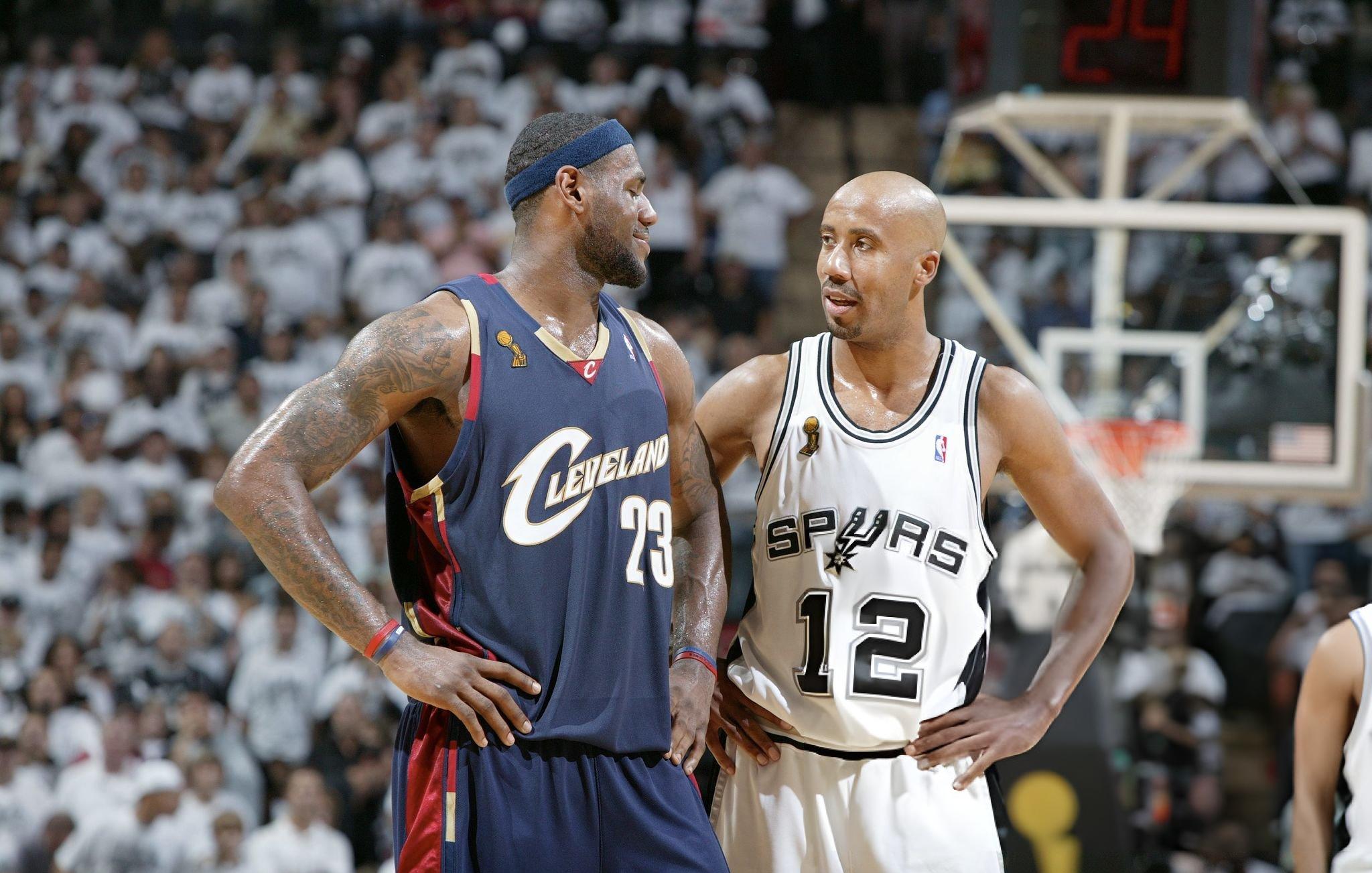
The return of navy is more than a pretty gesture. It’s an invitation to relive the Cavs’ identity while simultaneously raising the bar for the current roster. Retro sets the mood, but results are written here and now. If Cleveland can combine memory with aggression, tidy defense, and late-game discipline, this story has a chance to continue — without any need for museum glass.

